Canvasbacks are relatively large ducks that live in North America. They migrate north in the spring and migrate south for the winter. Females are generally brown, but males are cream colored, with bronze heads and necks. Male canvasbacks also have bright red-colored eyes. Read on to learn about the canvasback.
Description of the Canvasback
Males of this species have white or cream-colored bodies, with black tails and chests. Their necks and heads are bronze-colored, and their eyes are bright red.
Like many species of waterfowl, the females of the species are dull-colored. Females are pale brown with dark brown patches. Most adults weigh between two and three pounds, and measure just under two feet long.
Interesting Facts About the Canvasback
There are many different species of waterfowl across North America, and each is unique in its own way. Learn what makes canvasbacks unique below.
- Celery Duck – These ducks are partially named for their favorite food. During the winter, canvasbacks feed extensively on wild celery (Vallisneria americana). The canvasback’s scientific name (Aythya valisineria) is partially based in the scientific name of the wild celery it eats.
- Key Nesting Grounds – Historically, habitat destruction has caused canvasback populations to fluctuate. Researchers have discovered that the most important habitats to conserve are the breeding grounds of these birds. By targeting their breeding grounds, scientists have been able to help protect canvasbacks and increase their populations.
- Musical Chairs – Nesting ducks tend to play a game of musical chairs with their nests. Females enter the nests of other canvasbacks while they are gone, and lay an egg or two in their clutch. The other female ends up raising chicks that are not her own, and the egg layer gets a boosted chance of having more of her offspring survive.
Habitat of the Canvasback
Like most ducks, canvasbacks like living in lakes, ponds, and other slow-moving water bodies. They also inhabit marshes and estuaries.
Especially during the breeding season, they choose water bodies with lots of vegetation along the banks. This gives the ducks a safe place to build their nests and incubate their eggs. They prefer lakes and ponds with tall grasses and cattails along the edges.
Distribution of the Canvasback
These birds inhabit much of North America, from Canada to central Mexico. While they do inhabit a large expanse of North America, they only live in certain regions at certain times of year.
They breed in Alaska and northwest Canada. These breeding grounds merge with migration routes in the northern United States. The rest of the United States and Mexico serve as areas to spend the winter.
Diet of the Canvasback
Though they are omnivores, this duck’s diet primarily consists of plant matter. Their favorite foods are wild celery and pondweed tubers and roots. They also eat a variety of seeds, leaves, stems, roots, and tubers of a variety of plants. Canvasbacks also hunt for invertebrates, usually snails, mussels, insects, and insect larvae.
Canvasback and Human Interaction
Like most waterfowl in North America, the Migratory Bird Act provides protection and regulation for the hunting and disturbance of this species.
In the past, deforestation and habitat destruction have impacted their breeding grounds, causing population decline. Nowadays, regulations have allowed their populations to increase, and the IUCN lists them as Least Concern.
Domestication
Humans have not domesticated this duck species in any way.
Does the Canvasback Make a Good Pet
While canvasbacks might look a little like domestic ducks, they are wild animals. This means that they are not docile and easy to handle like domesticated ducks are. It is also illegal to own a canvasback as a pet in most places without special permits.
Canvasback Care
In a zoological setting, these ducks require similar care to other waterfowl species. The most important aspect of their habitat is the water source, which should be large and deep enough for them to swim and forage.
Their habitat should also replicate their wild preferences as well, and there should be a variety of reeds and grasses planted along the shores. Zookeepers feed them a variety of vegetation, a pelleted duck feed, and a variety of insects.
Behavior of the Canvasback
Outside of the breeding season, most canvasbacks remain in the water while hunting and resting. They even sleep on the water.
During the winter, these ducks are quite gregarious and congregate in huge numbers. Once they migrate and begin breeding, they break off into pairs and become quite protective of their nests and fishing grounds.
Reproduction of the Canvasback
Female canvasbacks nest on the ground in the dense plants along the water’s edge. Their nests are quite large, and usually consist of cattails, grass, reeds, and other vegetation. They line the inside of their nests with their feathers.
Clutches usually contain between 5 and 11 eggs, and the female incubates the eggs for a little under a month. Once the eggs hatch, the female leads the ducklings to the water and shows them how to find food. They stay with her until it is time to migrate south for the winter.

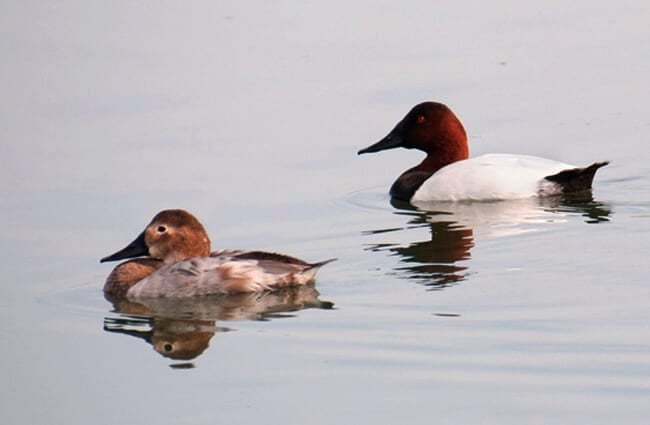
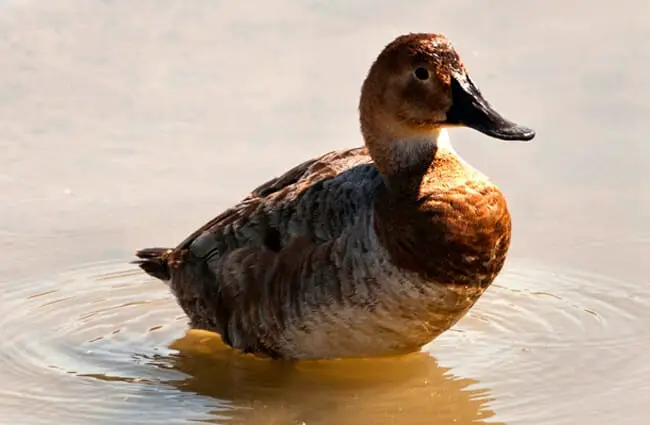
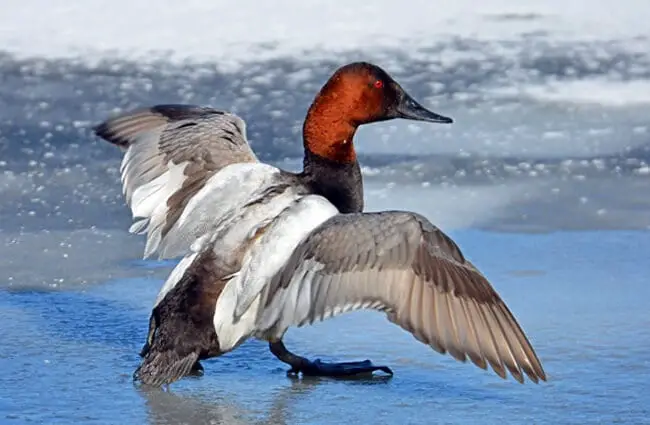


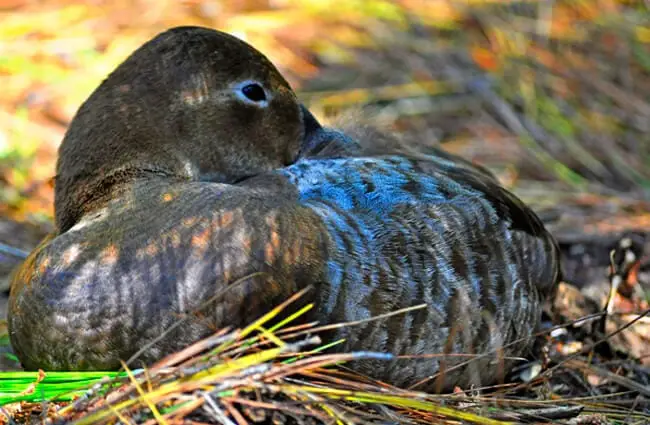
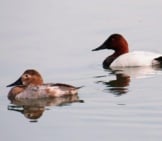
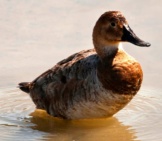


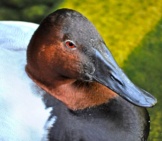

![Red Angus Closeup of a beautiful Red Angus cowPhoto by: U.S. Department of Agriculture [pubic domain]https://creativecommons.org/licenses/by/2.0/](https://animals.net/wp-content/uploads/2020/03/Red-Angus-4-238x178.jpg)




![Red Angus Closeup of a beautiful Red Angus cowPhoto by: U.S. Department of Agriculture [pubic domain]https://creativecommons.org/licenses/by/2.0/](https://animals.net/wp-content/uploads/2020/03/Red-Angus-4-100x75.jpg)

